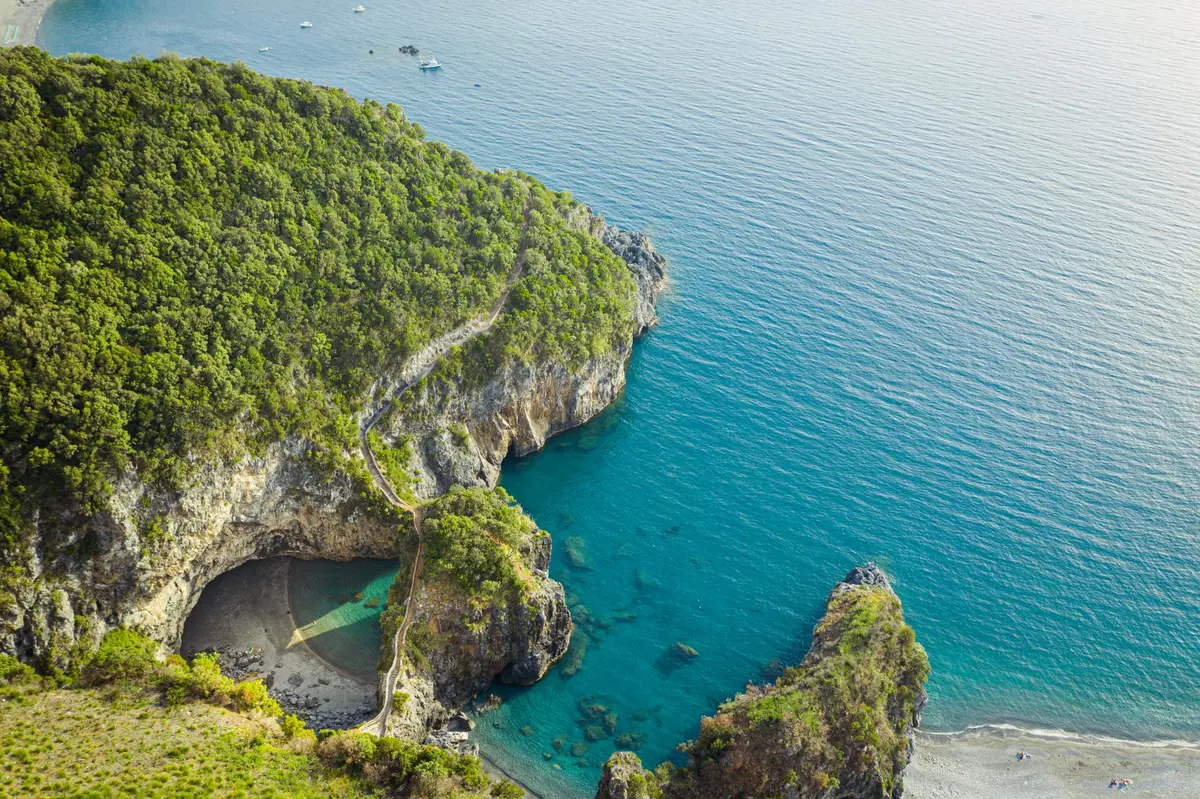The Path of St Francis of Paola: the Way of the Young Man
Discover the ‘’Way of the Young Man‘’, one of three routes dedicated to St Francis of Paol

Religious
Cerzeto - Regione Calabria
Travel information
Category
Religious
Target
For all
The Path of St. Francis of Paola is a slow-mobility route that can be divided into three different routes (‘’Way of the Young Man‘’, ‘’Way of the Hermit‘’ and ‘’Way of the Monasteries‘’) over several stages, following the steps of the Calabrian patron saint, originally from the city of Paola in the province of Cosenza.
The central position of the Shrine of St. Francis in Paola along the Path makes it possible to walk the itinerary even halfway, starting from one of the two extremes (San Marco Argentano or Paterno Calabro).
Francis of Paola was born through the intercession of St Francis of Assisi and therefore bears his name. At birth, the child had a serious eye malformation and so the parents turned to the Seraphic and vowed that if their son was cured, they would make him wear the Franciscan habit for a year. Francis willingly agreed to spend a year as an oblate in San Marco Argentano, in the Crati Valley, at the Convent of the Reform. At the end of the votive year, the friars would have liked to admit the young man to the novitiate, but Francis decided to return home, to Paola.
It is precisely along this path that the itinerary of the ‘’Way of the Young Man‘’ develops, a route 49 km long and divided into 3 main stages (with intermediate stops in Cervicati and Mongrassano).
Church of the Riforma

Cerzeto




